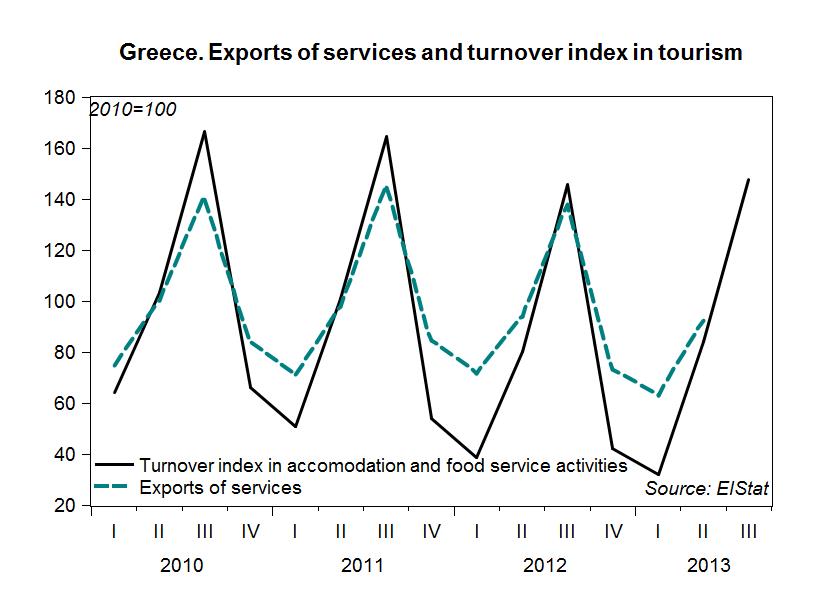How Reorienting China’s Fiscal Policy Can Reduce Financial Fragility
L. Randall Wray just published a one-pager on China’s policy options from the perspective of Modern Money Theory:
Since adopting a policy of gradually opening its economy more than three decades ago, China has enjoyed rapid economic growth and rising living standards for much of its population. While some argue that China might fall into the middle-income “trap,” they are underestimating the country’s ability to continue to grow at a rapid pace. It is likely that China’s growth will eventually slow, but the nation will continue on its path to join the developed high-income group—so long as the central government recognizes and uses the policy space available to it.
China doesn’t necessarily need an expansion of total government spending — what it needs, Wray argues, is to “shift spending away from local governments, which have limited fiscal capacity, and toward the sovereign central government, which has more fiscal policy space.” Local government budgets, which face solvency constraints (local governments actually need to raise revenue to pay debt service), are showing signs of being over-extended — and the reality is probably even worse than the data suggest, Wray points out, given that local governments have been relying on off-balance-sheet investment vehicles. By contrast, Wray observes that China’s central government, facing no risk of insolvency, has a relatively tight budget. The logic of the sovereign currency approach suggests that these stances should be reversed.
He also finds signs of financial fragility related to corporate sector debt — traces of what Minsky would have called “speculative finance” — and suggests that the transition to slower economic growth in China will likely create even more instability in this context (by making it more difficult to service private debt). According to Wray, using the central government’s ample fiscal policy space, enabling “a slow transition to relying less on corporate debt to finance economic growth,” should help reduce financial instability risks.
Read the one-pager here.





 ShareThis
ShareThis